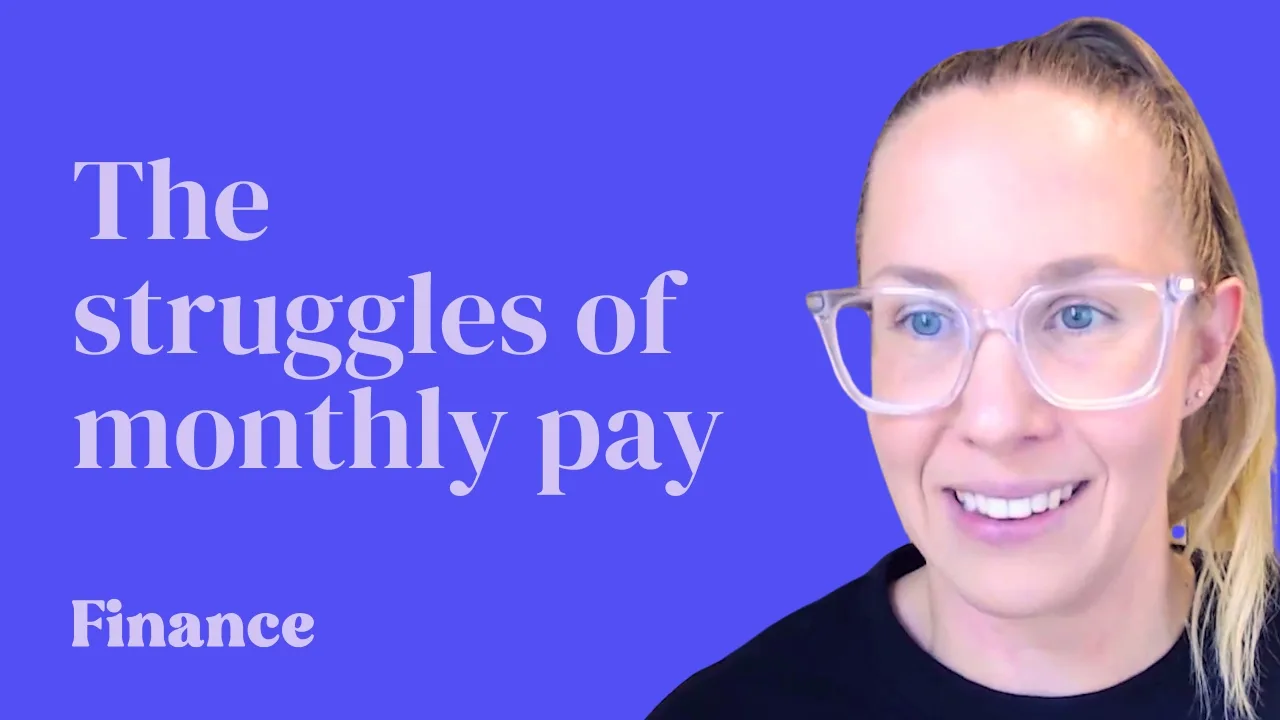You can teach kids about money through everyday moments, says Yish Koh, the Managing Director of Kit, a pocket money app aimed at improving the financial capability of kids across Australia.
In this conversation, Kate & Yish discuss financial capability, helping kids solve real-life problems, healthy ways to discuss money with your children, explaining bank accounts, budgeting and saving, and the challenge of balancing immediate gratification and long term goals.
- Solving real-world problems: How can we kickstart our children’s money journey by helping them solve real-life problems? What are some of the indicators children are on track with building their financial capability? Can we define financial capability?
- Financial capability is the knowledge, skills, attitudes, self-efficacy and desire to make financial decisions and engage in financial behaviours that best suit individual circumstances.
- What is Money? – how can we show kids how money works in a cashless society, why it is a store of value and how the value changes
- Talking About Money – healthy ways to discuss money with your children
- Why do people get uncomfortable talking about money sometimes?
- Why is it so important to encourage kids to ask lots of questions?
- Saving Personalities – strategies for explaining why saving is so important
- Bank Accounts – Explaining to kids what is a bank, what is a bank account, earning interest, why we keep our money in the bank, and how can we access it
- Budgeting & Goals – splitting your money into different categories based on your current and future money goals
- (e.g. Christmas presents, holiday spending money, casual clothes days, donating to a cause that’s important to you, stretch goals car/house deposit)
- Long-term thinking – How can you teach kids to start setting goals for the future
- How they can begin thinking about money as a tool?
- The challenge of immediate gratification





